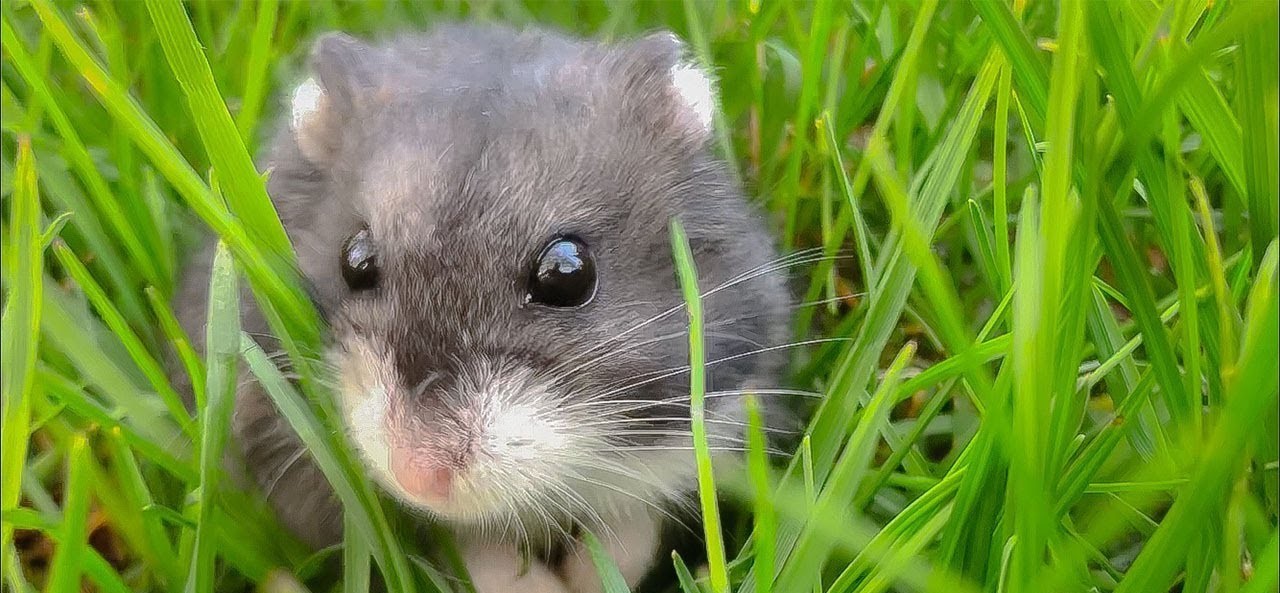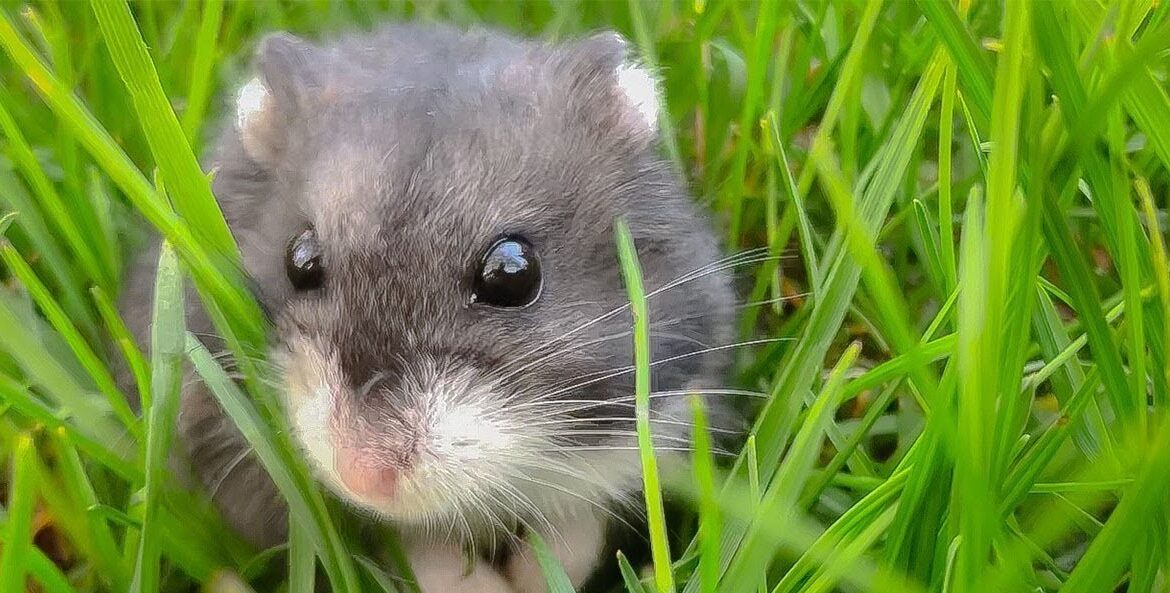Mice may be one of the most common household pests, yet there’s more to these small mammals than meets the eye. If you’ve spotted mice in your Baltimore home, you might be curious about their behaviors and reproductive habits. One question we often hear at Skedaddle Humane Wildlife Control is, “Do mice mate for life?” Understanding mouse mating behavior isn’t just interesting—it’s crucial information that can help you prevent and address infestations effectively.
The answer to whether mice mate for life is more complex than a simple yes or no. While most mouse species don’t form lifelong bonds, their reproductive strategies and family structures vary in fascinating ways that directly impact how swiftly a small mouse problem can escalate in your home. Let’s explore the intricate world of mouse mating habits and what this means for Baltimore homeowners dealing with unwanted rodent guests.
Mouse Mating Habits: The Truth About Mice Relationships
Unlike some animals that mate for life, most common house mice (Mus musculus) do not form permanent pair bonds. Instead, they follow a polygamous mating system where both males and females mate with multiple partners throughout their lifetime.
Here’s what we’ve learned about typical mouse mating behavior:
- Territorial males: In the wild and in your home, dominant male mice establish territories they defend against other males while allowing multiple females to nest within their domain.
- Female selection: Female mice can be selective about their mates, often preferring dominant males with established territories, though they may mate with multiple males during a single reproductive cycle.
- Social hierarchies: Mice form complex social structures where dominant mice have preferential access to food, shelter, and mating opportunities—similar to the competitive nature of Baltimore’s housing market, these social hierarchies determine who gets the best resources.
Strategic considerations show that understanding mice don’t mate for life explains why removing just one or two rarely solves an infestation. Their social structure allows the remaining mice to quickly adapt, bringing in new members and continuing to reproduce at alarming rates.
The Oldfield Mouse Exception: Long-term Pair Bonding
While house mice don’t mate for life, some exceptions in the mouse family exhibit more monogamous tendencies. The Oldfield mouse (Peromyscus polionotus), native to the southeastern United States, demonstrates remarkably different behavior:
- Long-term pair bonds: Oldfield mice often form long-lasting relationships with a single partner, maintaining these bonds across multiple breeding seasons.
- Shared parental duties: Both parents invest heavily in raising offspring, with males playing an active role in nest building and pup care—unlike house mice, where mothers handle most parenting.
- Territorial pairs: Bonded pairs defend their territory together, creating a family unit more similar to what we see in monogamous bird species than in typical rodents.
- Lower reproductive rates: These monogamous mice tend to have fewer litters per year compared to their polygamous house mouse cousins.
This fascinating exception highlights the diversity within mouse species and explains why different rodent management strategies may be needed for different mouse types. However, the mice most commonly invading Baltimore homes are house mice with their rapid, polygamous reproductive strategy.
Mouse Reproduction Facts: Why Infestations Grow So Quickly
Understanding mouse reproduction facts reveals why a small mouse problem can escalate into a serious infestation. The reproductive capacity of house mice is truly remarkable:
- Breeding Cycle: Female mice can reproduce every 21-30 days under ideal conditions, producing 5-10 pups per litter. With such prolific reproduction, a single female mouse and her offspring could theoretically produce hundreds of descendants in just one year.
- Maturity Timeline: Young mice reach sexual maturity incredibly quickly—females can begin reproducing at just 6-8 weeks of age.
- Year-round Reproduction: Unlike some animals that breed seasonally, mice can reproduce continuously throughout the year when living inside temperature-controlled homes.
When Skedaddle’s team conducts mouse removal in Baltimore homes, it’s often discovered that a presumed “couple of mice” has silently multiplied into dozens or even hundreds of rodents living within walls, attics, and crawlspaces. This is a direct result of their polygamous mating system combined with rapid reproduction rates.
Mouse Family Dynamics and Parental Care
Although mice don’t mate for life, they exhibit interesting family dynamics that influence how infestations develop within homes:
Maternal Investment
Nest Preparation: Female mice create elaborate nests using available materials like insulation, paper, and fabric scraps from your home. Birth and Nursing: Mothers care diligently for their blind, hairless pups, nursing them for 3-4 weeks until they’re ready for independence. Protection Instincts: Mother mice fiercely protect their young, often relocating the nest if they sense danger—this explains why mice sometimes appear in new areas of your home during control efforts.
Male Involvement
Limited Parental Care: Male house mice typically provide little direct care for offspring, focusing instead on mating with multiple females and defending territory. Resource Provision: Males indirectly contribute by maintaining territories that include food and shelter resources. Hierarchical Influence: Dominant males sire more offspring and shape the genetic makeup of mouse populations in your home.
This family structure allows for remarkably efficient use of resources and space, enabling mice to thrive in human environments—particularly in older Baltimore neighborhoods with plenty of tiny entry points in historic homes.
How Mouse Mating Behavior Impacts Infestation Control
The mating habits of mice directly affect how we approach control and prevention at Skedaddle Humane Wildlife Control:
Why Trapping Alone Fails
Traditional mouse traps might catch a few mice, but they rarely address the root of the problem. Because mice don’t mate for life and reproduce so quickly, removing a few individuals barely makes a dent in the population. The remaining mice simply continue breeding, quickly replacing their lost companions.
Entry Point Sealing: The Critical First Step
At Skedaddle, we know that effective mouse control starts with comprehensive exclusion work. Our technicians meticulously inspect Baltimore homes from foundation to roofline, identifying and sealing the tiny 6-millimeter openings mice use to enter. This strategic approach interrupts the cycle by preventing new mice from entering to replace those removed.
Understanding Mouse Communication
Did you know that mice leave scent trails that guide others to food sources and safe harbors? These pheromone pathways essentially create a mouse roadmap into your home:
- Biological signposts: Mice use urine and glandular secretions to mark paths and entry points.
- Social information: These scents communicate important details about territory, reproductive status, and food availability.
- Long-lasting effects: Pheromone markers can remain effective for months, continuing to attract new mice to your property.
Professional decontamination addresses these invisible but potent attractants, reducing the likelihood of reinfestation after removal.
Seasonal Influences on Mouse Reproduction and Behavior
While mice can breed year-round inside homes, seasonal patterns do influence their behavior in ways Baltimore homeowners should understand:
Fall Invasion: As temperatures drop, outdoor mice actively seek warm shelter, making fall a prime time for new infestations to begin. Winter Nesting: During colder months, mice focus on building elaborate nests in well-insulated areas of homes, often becoming more noticeable as they gather materials and food stores. Spring Population Boom: The abundant resources of spring often coincide with peak breeding activity, meaning small winter infestations can expand dramatically by early summer. Summer Dispersal: Young mice born in spring may begin to disperse in the summer, exploring new areas of your home and potentially establishing territories in previously unaffected spaces.
At Skedaddle, we see these patterns play out across Baltimore neighborhoods from Federal Hill to Canton, adapting our approaches to address seasonal challenges in mouse control.
The Skedaddle Approach to Mouse Control
Understanding that mice don’t mate for life but instead form complex social structures with rapid reproduction rates shapes our comprehensive approach to mouse control. Our strategies emphasize sealing entry points, eliminating pheromone trails, and deploying humane removal techniques to address the entire mouse population effectively.
If unwelcome rodents have taken up residence in your Baltimore home, don’t wait for a minor issue to escalate into a full-blown infestation. Contact Skedaddle Humane Wildlife Control today for expert mouse removal services tailored to your needs. Safeguard your home and family; reach out to us now to schedule your consultation.




